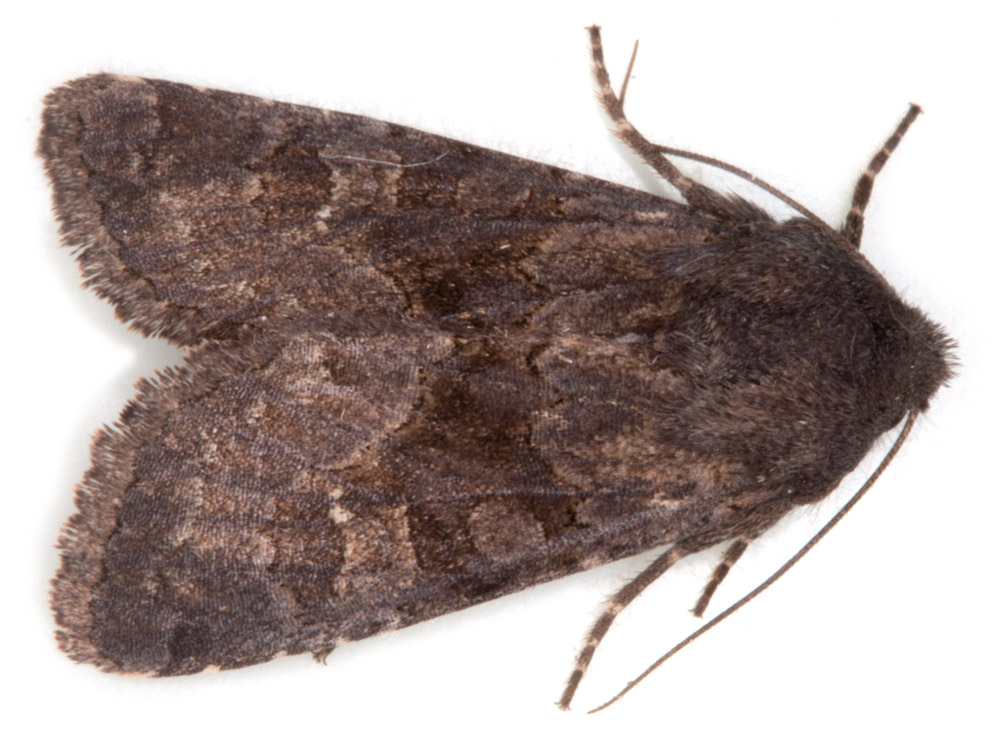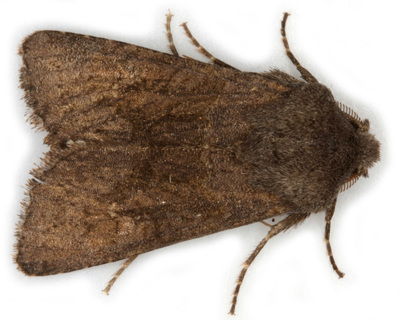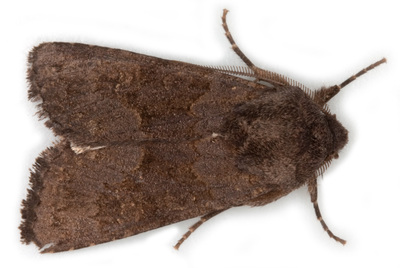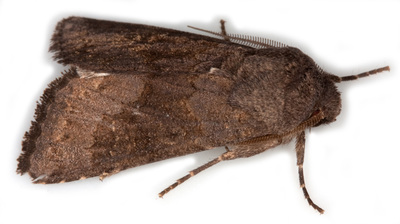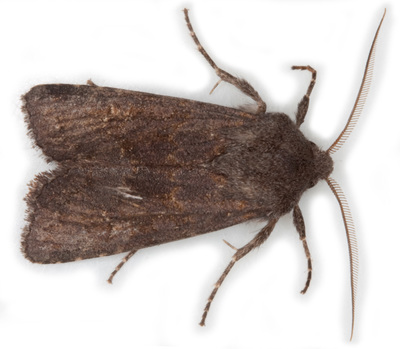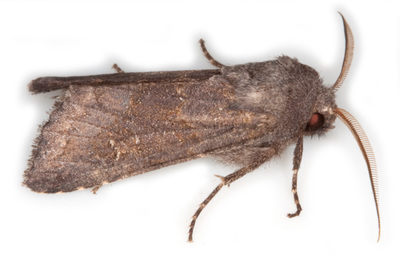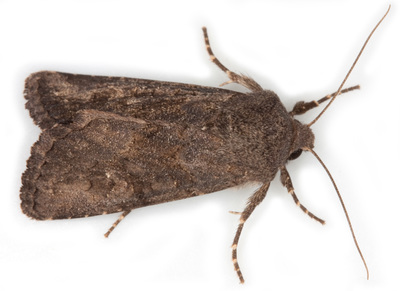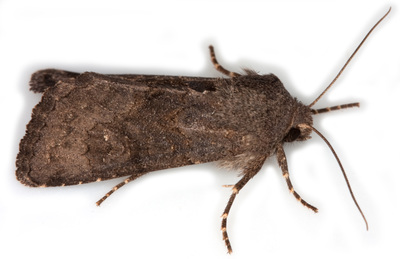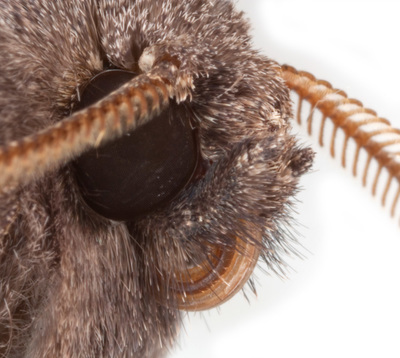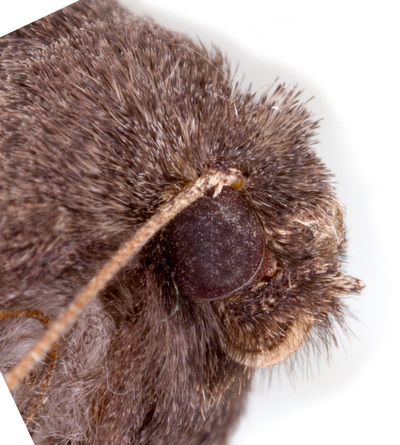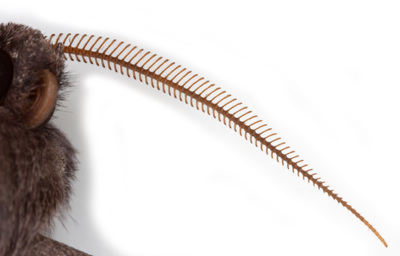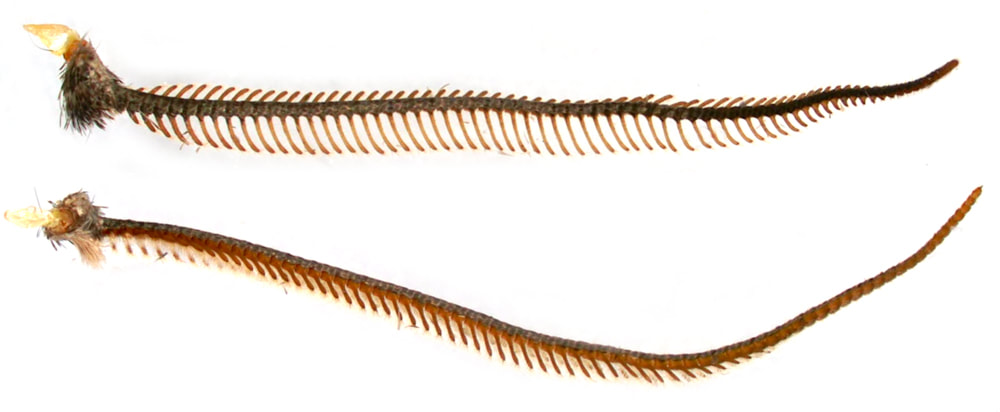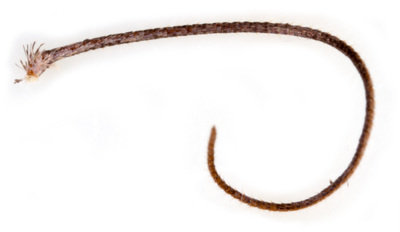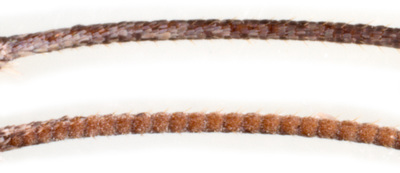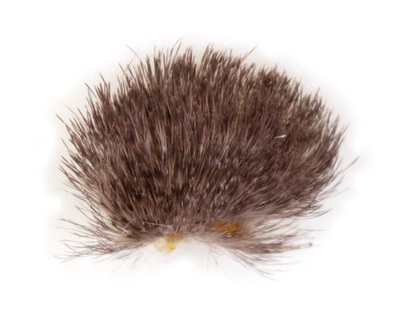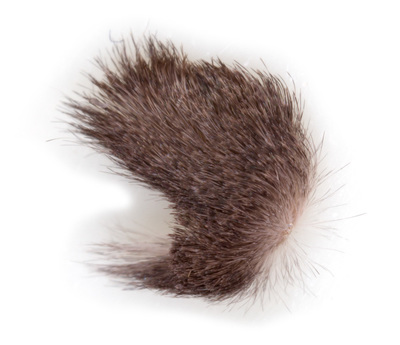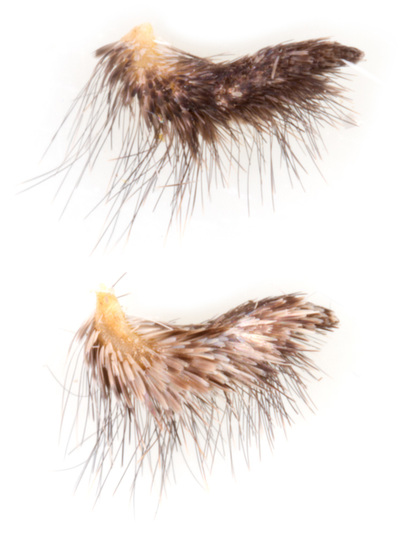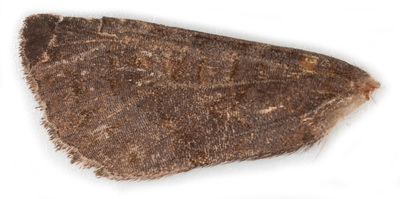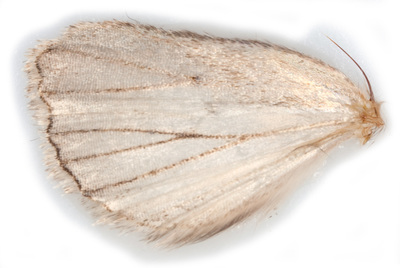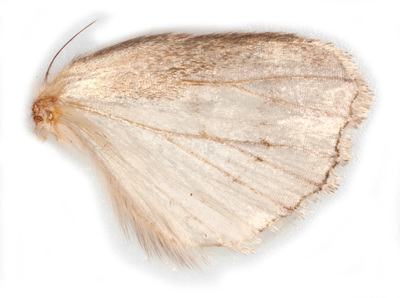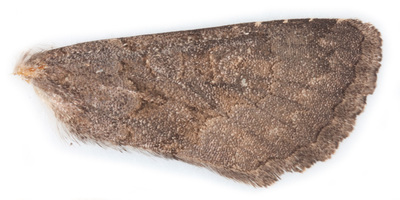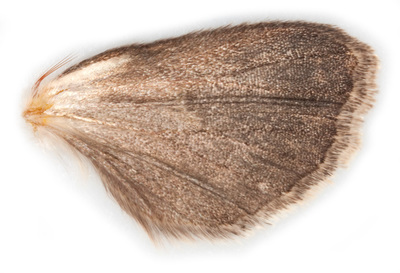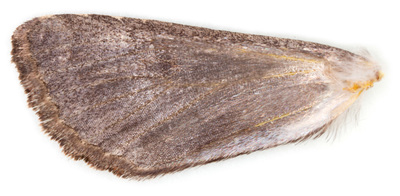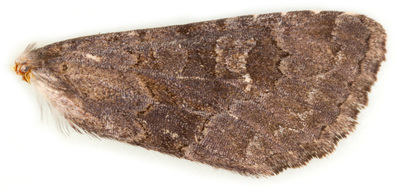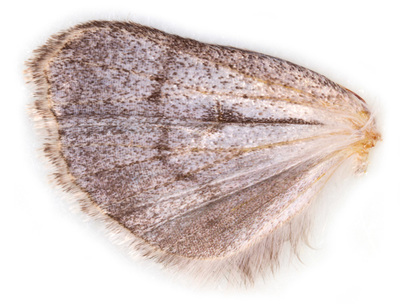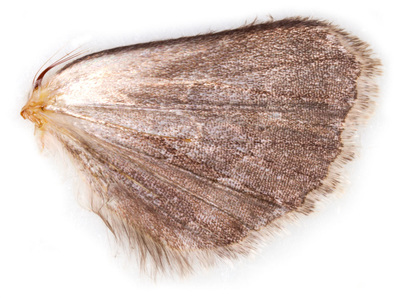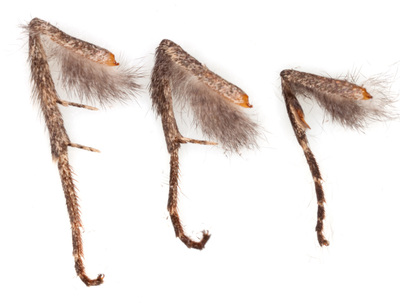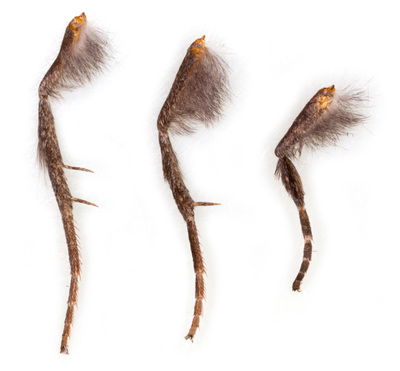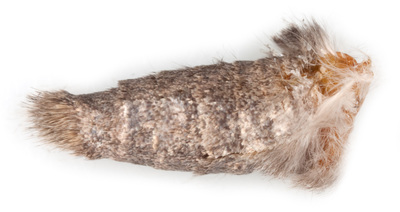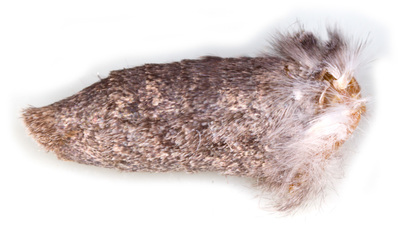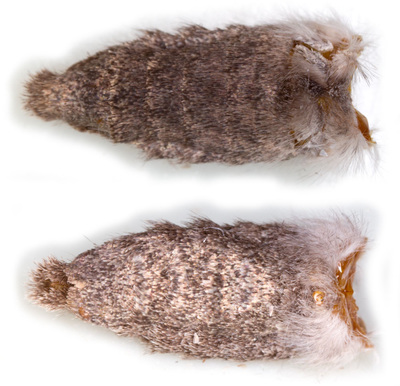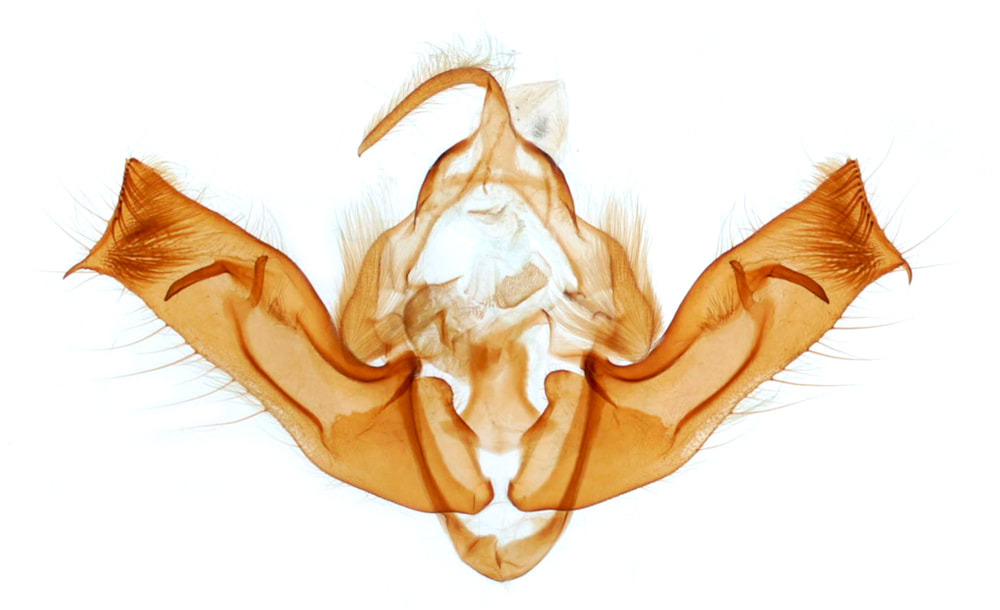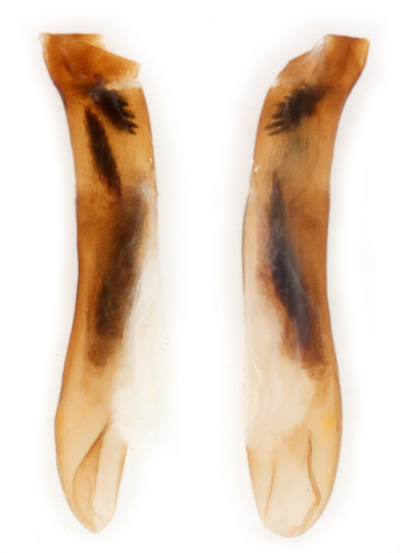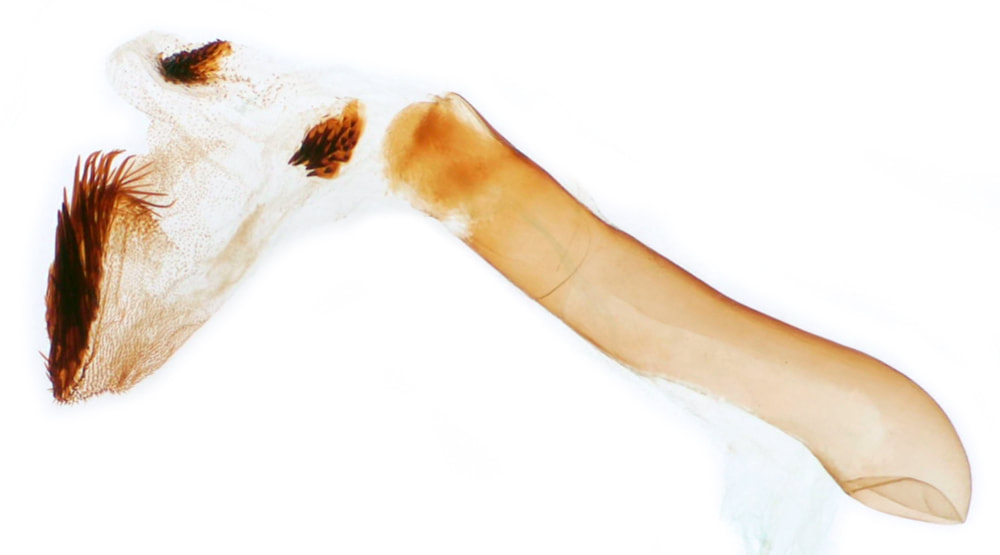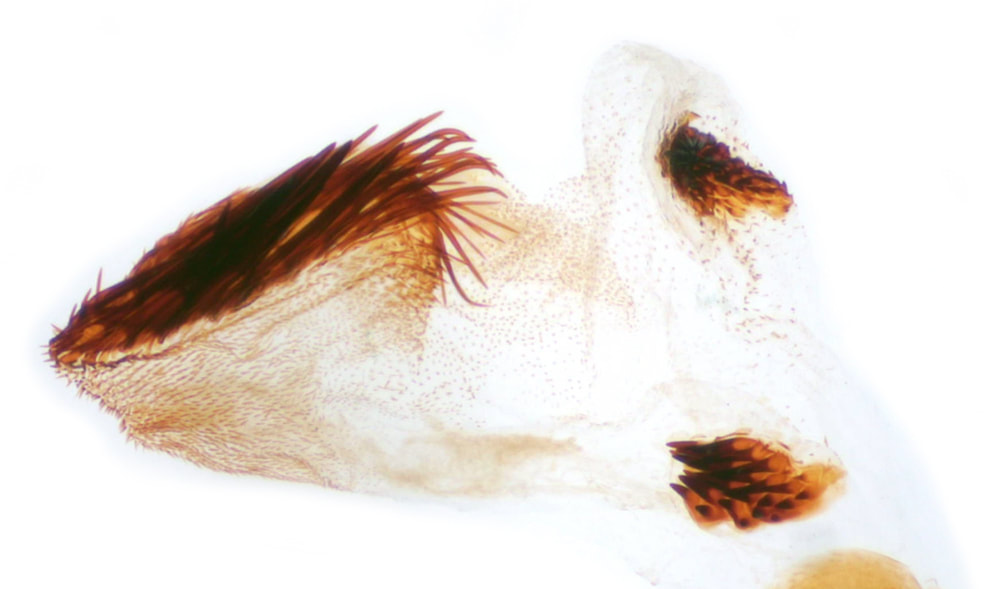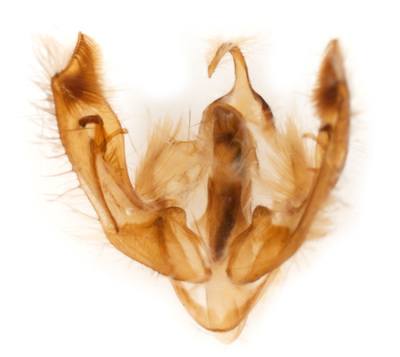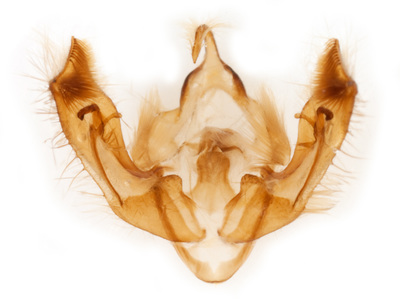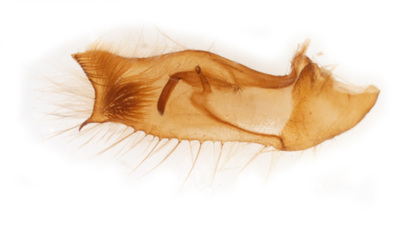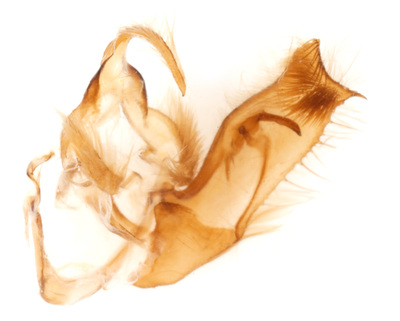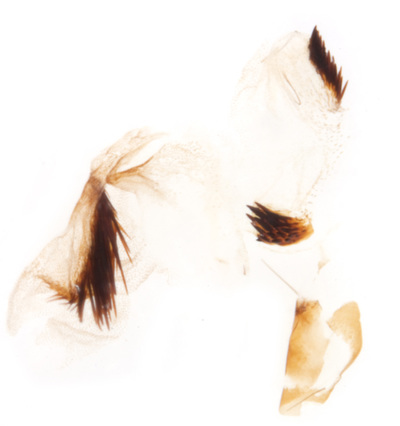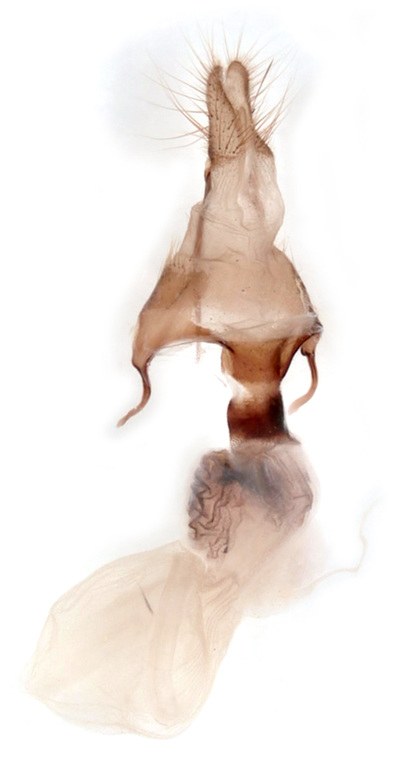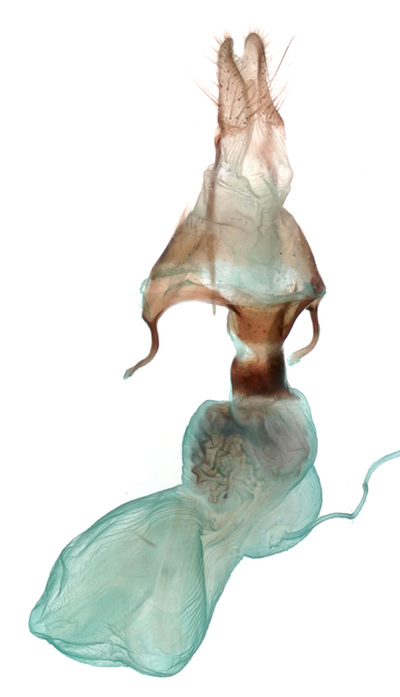73.232 Aporophyla (Phylapora) lueneburgensis (Deep-brown Dart)
fw: 15-18mm (Waring & Townsend), ws: 38-42mm (MBGBI10); Sep-Oct; various woody and herbaceous plants and grasses; common in open habitats in England south of a Severn-Humber line.
ID: Form lutulenta: Ground colour ranges from deep brownish-grey to blackish with a broad darker median fascia that may be obscured. Hindwing of male white with or without a row of central black dots or dashes, hindwing of female dark grey. Antenna bipectinate in male, sparsely ciliate in female.
Form lueneburgensis (Northern Deep-brown Dart) is similar; it may be dusted with grey either side of the blackish median fascia which is consequently bold; blackish markings on the male hindwing are usually better-developed and may fuse to form a curved line.
These two forms are largely separated geographically; thry are treated as subspecies in MBGBI10 and then as separate species until lumped again in 2023. The size ranges quoted in MBGBI10 suggest that A.leuneburgensis is smaller (ws: 34-38mm) with little overlap, but the size ranges quoted in Waring & Townsend overlap entirely. A.nigra (Black Rustic) is larger (fw 17-21mm, ws 40-60mm), blacker, usually has a distinct white distal edge to the kidney mark and the male antenna is fasciculate.
Form lueneburgensis (Northern Deep-brown Dart) is similar; it may be dusted with grey either side of the blackish median fascia which is consequently bold; blackish markings on the male hindwing are usually better-developed and may fuse to form a curved line.
These two forms are largely separated geographically; thry are treated as subspecies in MBGBI10 and then as separate species until lumped again in 2023. The size ranges quoted in MBGBI10 suggest that A.leuneburgensis is smaller (ws: 34-38mm) with little overlap, but the size ranges quoted in Waring & Townsend overlap entirely. A.nigra (Black Rustic) is larger (fw 17-21mm, ws 40-60mm), blacker, usually has a distinct white distal edge to the kidney mark and the male antenna is fasciculate.
§1 Foulness, Essex; 27/09/2008; male; fw 16.7mm
§2 Foulness, Essex; 19/09/2009; female; fw 15.6mm
§3 Foulness, Essex; 18/09/2010; male
§4 Foulness, Essex; 17/09/2011; male; fw 17.3mm
§5 Foulness, Essex; 03/10/2015; female; fw 16.8mm
§6 Corfe, Dorset; 09/09/2020; male; fw 14.8mm
All images © Chris Lewis
§2 Foulness, Essex; 19/09/2009; female; fw 15.6mm
§3 Foulness, Essex; 18/09/2010; male
§4 Foulness, Essex; 17/09/2011; male; fw 17.3mm
§5 Foulness, Essex; 03/10/2015; female; fw 16.8mm
§6 Corfe, Dorset; 09/09/2020; male; fw 14.8mm
All images © Chris Lewis
Page published 14/06/2016 (§1-5) | §6 added 26/12/2020
